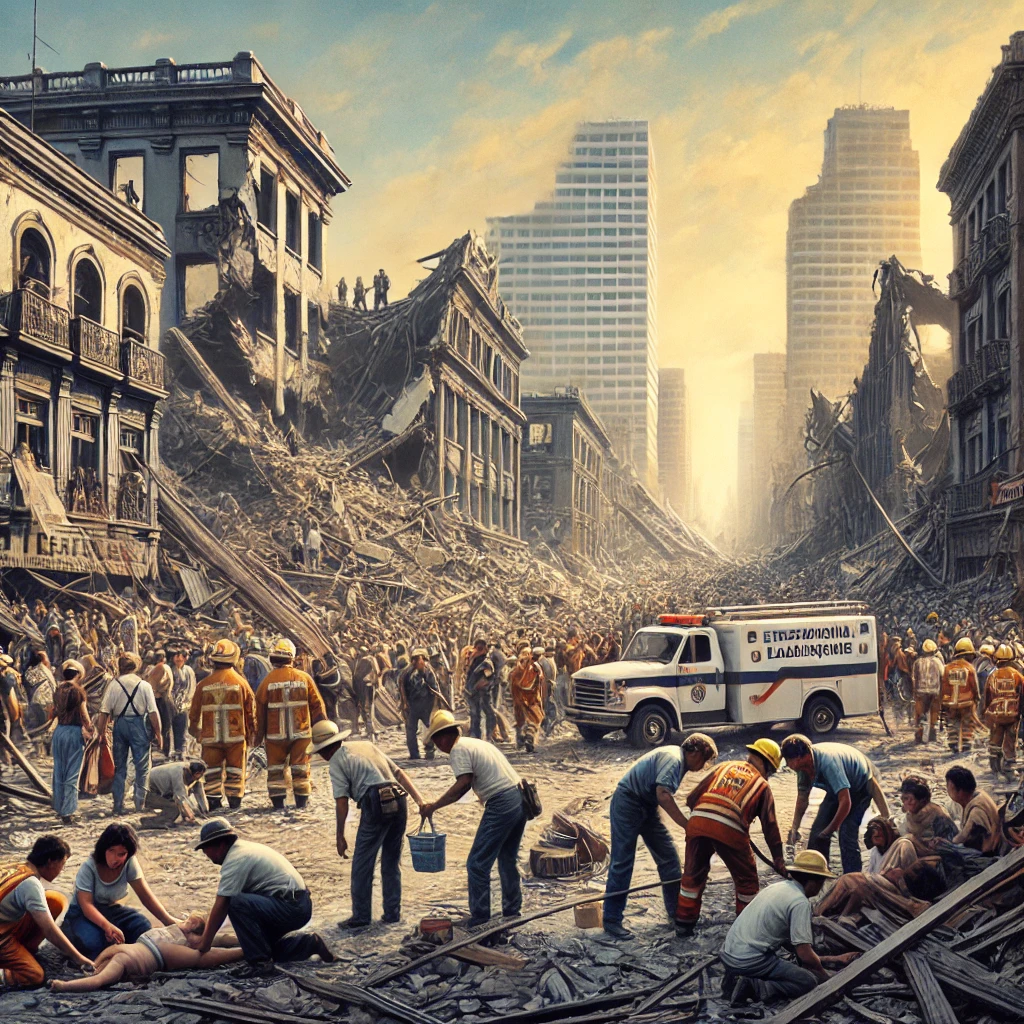On September 19, 1985, a powerful earthquake struck Mexico City, leaving widespread devastation in its wake. The 8.1-magnitude earthquake caused buildings to collapse, infrastructure to crumble, and thousands of lives to be lost. Despite the overwhelming destruction, the tragedy led to an extraordinary display of community resilience, unity, and a spirit of volunteerism that would forever change the social fabric of Mexico City.
The Earthquake and Its Impact
The Mexico City earthquake struck early in the morning, causing significant damage to buildings, homes, and essential infrastructure. Hospitals, schools, and government offices were destroyed, and approximately 10,000 lives were lost, with tens of thousands left injured or displaced. Mexico City’s densely populated neighborhoods and older buildings were particularly vulnerable, resulting in catastrophic damage.
The Community Response and Emergence of Brigadistas
In the immediate aftermath of the Mexico City earthquake, residents united to respond. Thousands of citizens, many with no prior training, became “brigadistas” or volunteers who organized rescue efforts, clearing debris, searching for survivors, and providing food, water, and medical care to those in need. Local residents took the lead in emergency efforts, demonstrating immense courage and solidarity as they worked together to save lives.
A Turning Point in Mexican Civil Society
The response to the devastating earthquake marked a turning point in Mexican civil society. The grassroots mobilization during the disaster highlighted the power of collective action, sparking an ongoing movement of civic engagement and social activism in Mexico. Citizens began demanding accountability and transparency from government institutions, ultimately leading to significant political changes in the country.
Lasting Lessons and Resilience
The 1985 Mexico City earthquake brought about long-term changes to Mexico’s disaster preparedness and building codes. New construction standards were introduced to improve seismic resilience, and an early warning system was implemented to alert residents of future earthquakes. The disaster also reinforced the importance of community-based preparedness, emphasizing the role of citizens as first responders.
Conclusion
The 1985 Mexico City earthquake remains a tragic yet inspiring chapter in the city’s history. The way communities came together to rebuild and support each other in the face of devastation serves as a testament to the strength and resilience of the Mexican people. This spirit of unity continues to define Mexico City, reminding us of the power of solidarity in times of crisis.


This reflects a lot of effort and creativity—well done!
The depth and accuracy here are remarkable—great effort!
Useful іnfo. Lucky me I discovered your webѕite unintentionally, and I’m stunned
why tһіs accident did not took place earlier! I bookmarked
it.